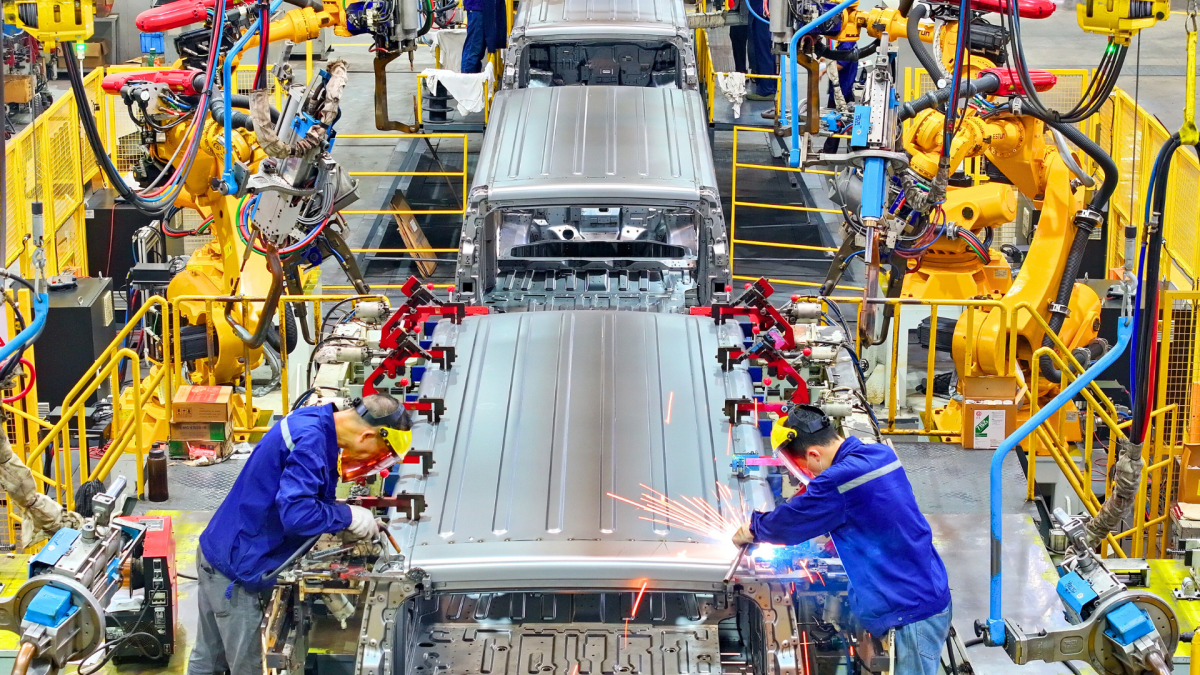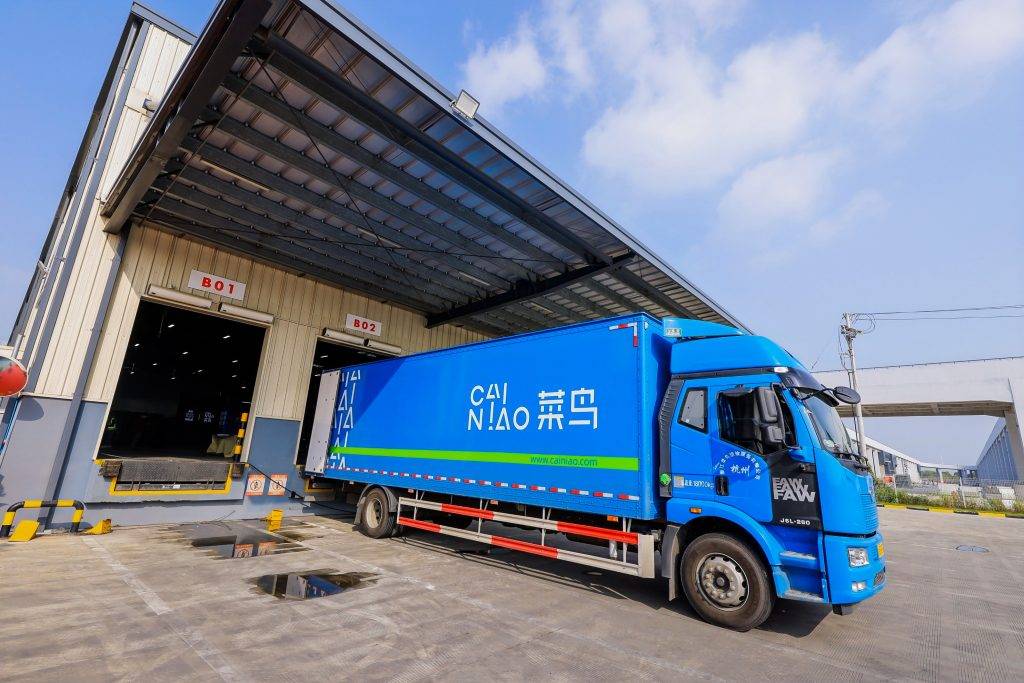


Photo credit: Alibaba Group/Elizabeth Utley
The coronavirus pandemic, climate change and evolving gender politics are among the powerful forces refashioning consumer behavior. Retailers are racing to keep up.
The industry will need to adapt to changing norms quickly, or swathes of businesses will face irrelevancy as past purchases no longer imply brand loyalty.
Market research provider, Euromonitor International, has identified ten consumer tribes that erupted onto the scene during the pandemic and is advising retailers on how to seize the opportunities and avoid the pitfalls created by social upheaval.
In our 10-part series, we examine how merchants, from multinationals to startups in niche categories, adapt to meet these tribes needs. Below, we explore what mass migration from cities means for retailers in 2022:
No. 10: RURAL URBANITES
Working from home will be in the cards for many people this year, and this change of pace has set off a relocation revolution.
City dwellers are moving out to the country as businesses loosen location requirements for their employees. In 2022, 37% of consumers expect to be working remotely, a Euromonitor survey found.
The pandemic has made the benefits of being in urban areas largely redundant, though residents are still footing the bill for the higher cost of living. As a result, many are making a move to less populated communities with cleaner air, lower prices and a slower pace of life.
Rural migration has been gaining traction since the pandemic first appeared. In the U.S., the net flow of people out of urban neighborhoods averaged around 28,000 people per month between 2017 and 2019.
After the pandemic appeared on American soil in March 2020, the exodus doubled to 56,000 per month, according to a report published by the Federal Reserve Bank of Cleveland.
Even inside the city limits, people are moving to clean and green areas as their homes double as offices, classrooms and gyms. When possible, unused urban space is being transformed into rooftop gardens and micro-farms.
Expanding brick-and-mortar outlets while investing in e-commerce will allow businesses to reach this cohort as they relocate to a different neighborhood, town or even state.
The relocation trend is especially relevant in developed countries, given the slim infrastructure gap between urban and rural areas, but variations of the trend are playing out to some extent around the world.
Scaling e-commerce distribution is key for brands and businesses to retain customers within the rural urbanite category. Strong logistical networks, held together with small fulfilment centres dotted around rural areas, will be vital.
In China, brands have been able to bring big city convenience to lower-tier cities — the country’s rural and traditionally underserved areas — as a result of their investments in logistics services.
“You can buy groceries by scrolling on your phone in bed,” a small-town resident told Alizila in December.
Globally, businesses will need to adjust their service strategies as customers’ expectations evolve, but retailers who can pivot to serve these communities will be well-placed as consumption picks up.
To read the rest of the series click here





